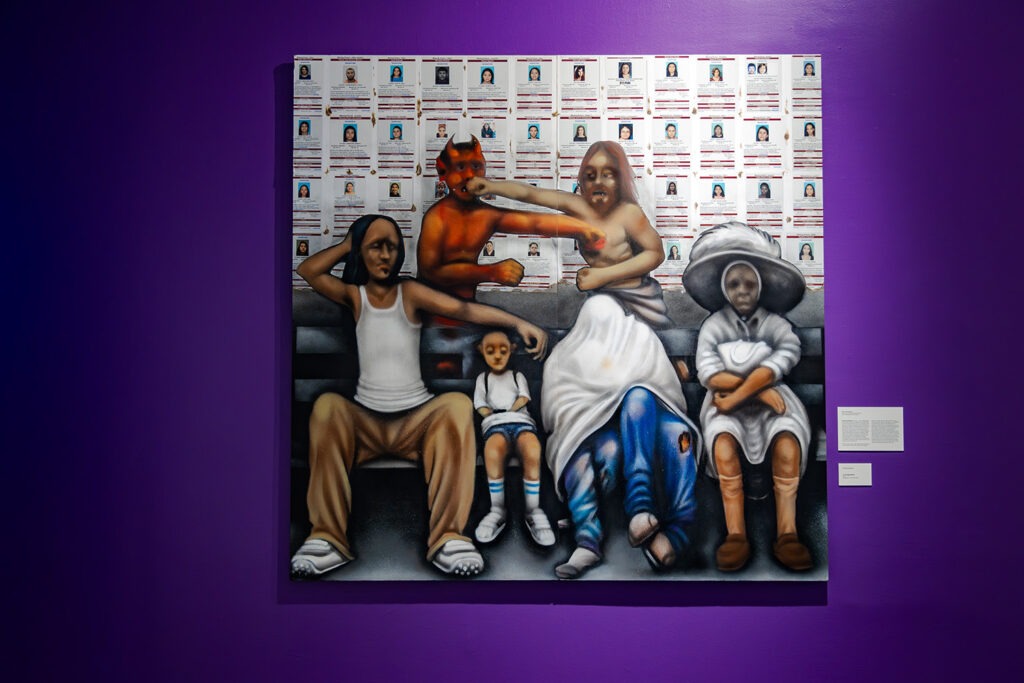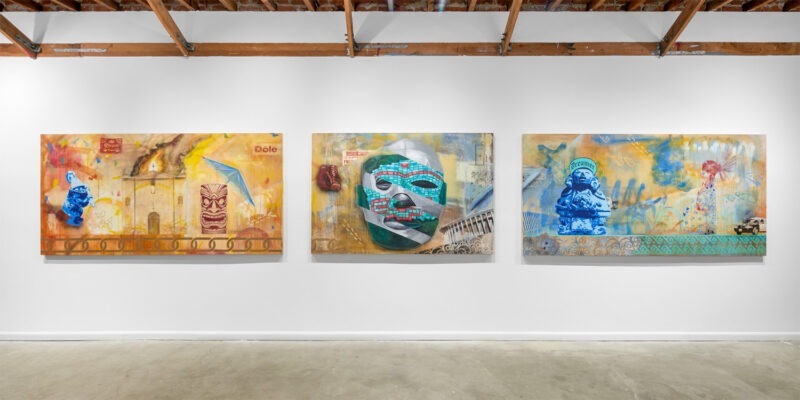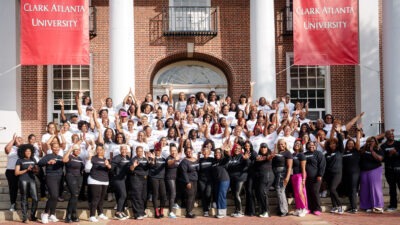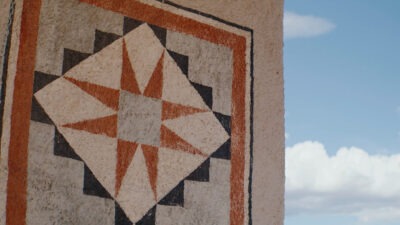Street art holds a highly debated place in the world of art. It is often categorized as outsider art, yet it is a powerful way to democratize community expression and storytelling. It’s accessible to passersby free of charge, raises awareness of current social and political commentary and is an unfiltered reflection of local community identity and cultural narratives.
Many creators of the graffiti and murals that make up street art have complicated relationships with institutions such as museums, which have historically overlooked the nuance of their work.
That’s why it meant so much to artist Alonzo Rodriguez to have his work included in the Convergence x Crossroads: Street Art from the Southwest exhibition in the Art Museum at the National Hispanic Cultural Center in Albuquerque, New Mexico.
The exhibit, supported with a grant from the W.K. Kellogg Foundation, showcases street art scenes in New Mexico, Texas, Arizona, California and northern Mexico by more than 25 artists who identify as Chicano/a/x, Latino/a/x and Indigenous.
Rodriguez is a lifelong artist and supplements his work with tattoo artistry to support his family. “I used to sit on my mom’s lap and watch her doodle with a pencil. As soon as I could talk, I said I wanted one of those magic sticks. She said anything you want to draw is inside that,” he recalls.
Among his pieces in the exhibit is A Losing Battle, which he spray-painted on MDF (medium density fiberboard) panels to make sure it stayed “street.”

Alonzo Rodriguez, A Losing Battle (2024), spray paint on two MDF panels. Photo by Incredible Films.
Rodriguez said he was trying to capture the good and bad of street life and the struggles the community faces, including drug abuse, child neglect and lack of interest in missing Indigenous women.
He is encouraged by the power of art to illuminate issues, recounting the story about being approached by a museum visitor within hours of A Losing Battle going up on the wall. The visitor, shocked to see his aunt in one of the missing Indigenous women posters in the painting’s background, immediately called his mother. She shared the good news that his aunt had been found – and Rodriguez notes this was not the only time someone recognized a missing woman after viewing the exhibit.
“I try to figure out how I can make a difference. Maybe this art piece will influence people to create more pieces and we can get some light on these people. For me, art is a form of healing and of not just letting stuff happen,” he explains.
Art has long had the power to heal by providing a space for expression, reflection and shared understanding. It is a vital tool in racial healing, where it can help communities acknowledge injustice and create space for empathy and an understanding of experiences common to many.
“The graffiti art form is often negatively characterized as criminal and destructive,” observes Shek Vega, another artist in the exhibit. “Graffiti… opened up a dialogue between me and my community that continues to this day through my artwork.”
The exhibit’s catalog notes that New Mexican street artists come from marginalized populations around the state. They know their graffiti and murals are both temporary and unpaid. Both the symbolism and logistics of bringing street art into a museum were no small tasks, but museum staff felt this exhibit – a first for the organization – was important.
“These pieces prompt people to think critically about issues that are fundamental to creating art, such as gentrification, cultural identity in public spaces and defiance. They also add a needed complexity to the often-constrictive view of New Mexican and Latinx art,” said Jadira Gurulé, Art Museum & Visual Arts program manager at the National Hispanic Cultural Center.
Gurulé recalls visiting the museum in her teens and thinking how important it was to see representations of her lived experience. She said the exhibition can have a positive impact on local children, many of whom may feel stigmatized because of their race.
A comment in the exhibit’s guest book sums up the impact of the exhibit: “It is beautiful to see New Mexican homegrown artists showcase their work. My city is beautiful and talented.”







Comments